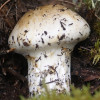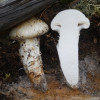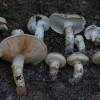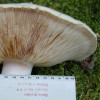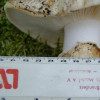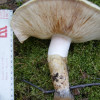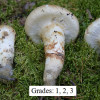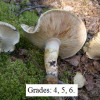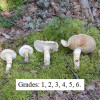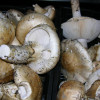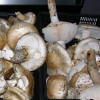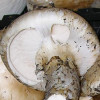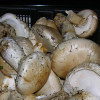Edible, therapeutic and toxic mushrooms
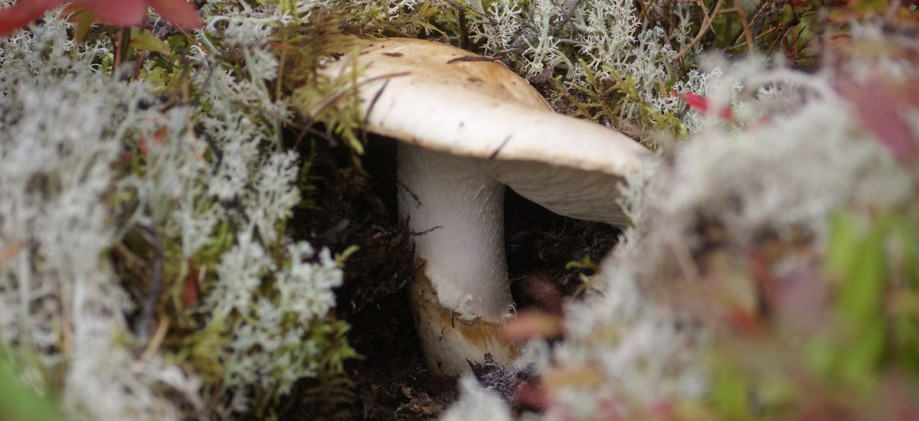
Habitat
In the boreal forest, Pine Mushrooms are found in jack pine stands more than 60 years old. They are occasionally found in southern Quebec, always associated with pine and less frequently with hemlock. Pine Mushrooms are an important source of food, not only for insects, but for mice, voles, hares, and caribou.
Stalk
Equal, tappering at the base, pure white above the annulus and tinted brownish under, grey at the base.
Comments
Send a comment
For the Japanese market, this mushroom is classified according to six categories, all of which require that the stem be intact. For the North American market, the mushroom is classified according to three categories: buttons, whole fruit bodies (with open caps) and caps. Matsutake in eastern Canada is different from Matsutake gathered on the west coast and is very similar to Tricholoma matsutake picked in Japan.
For more informations
Formation
For those who wish to improve their knowledge, register for the Foundation's training program on this site and receive a certificate confirming the fruit of your efforts.


































